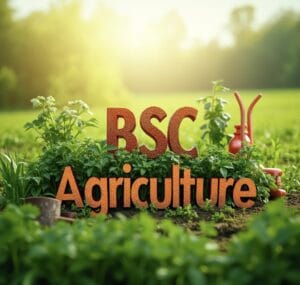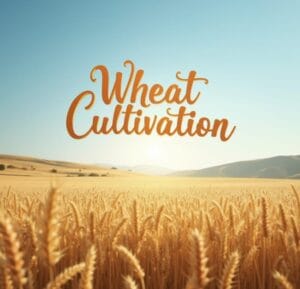Classification of crops
What is classification-
Classification is a technique by which any plant, animal and other things can be classified according to their characters, which can be differentiated between any plant, animal etc. Carolus Linnaeus is the father of taxonomic classification because he was the first one to give the binomial classification.
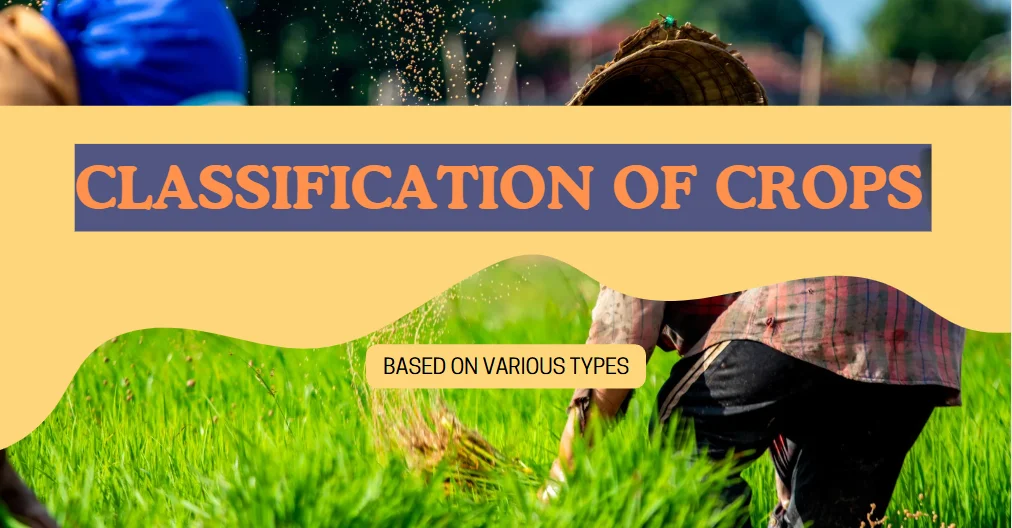
What is classification of crops
Classification of Crops is the systematic grouping of crops based on characteristics such as usage, lifecycle, seasons of cultivation, height, length and botanical features. This categorization helps farmers, researchers, and policymakers make decisions regarding crop cultivation, rotation, and resource allocations.
Why is Classification of crops Important?
Efficient Agricultural Planning: Understanding the nature of crops allows for better crop rotation and sustainable farming practices.
Resource Management: Classification helps Management of resources like water, fertilizers, and pesticides effectively.
Research and Development: Identifying crop-specific needs for research, leading to improved varieties.
Market Categorization: Crop classification supports better market segmentation and trade.
Disease and Pest Management: Grouping crops based on similar characteristics and nature can help predict and control potential diseases and insects.
Adaptation to Climate Change: Classification helps in selecting crops suitable for varying climatic conditions like temperature, moisture, rainfall etc.
Soil Fertility Management: It assists in planning crop rotation to maintain soil health.
Economic Decision-Making: Farmers can choose high-value crops based on their classification and market demand.
Policy Formulation: Governments can design targeted agricultural policies by understanding crop categories.
Education and Training: Crop classification is essential for educating new farmers and agricultural students.
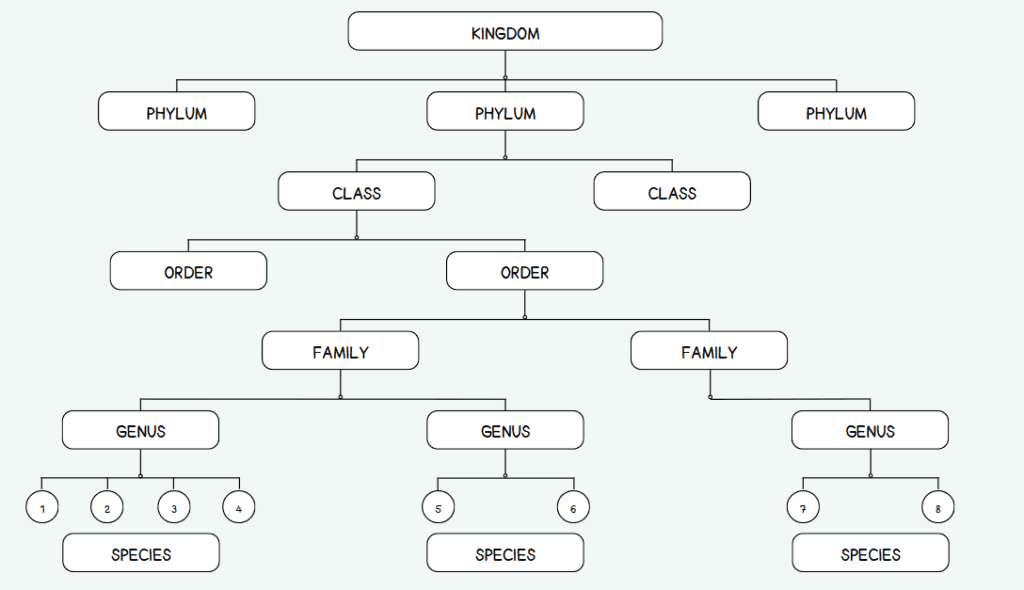
Types of Classification of crops
Classification of Crops can be based on various factors, including their purpose, lifespan, and growth seasons. Below is a detailed explanation of the classification of crops and major types:
Classification of Crop Based on Usage
1. Food Crops
These classification of crops are cultivated primarily for human consumption. Examples include:
Cereals: Wheat, rice, maize, barley, and sorghum.
Pulses: Lentils, chickpeas, and pigeon peas.
Vegetables: Potatoes, carrots, and spinach.
Fruits: Apples, bananas, and mangoes.
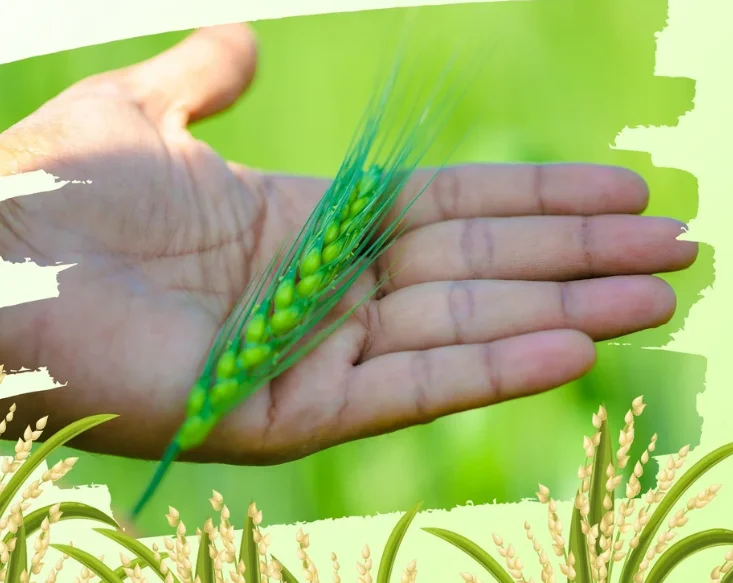
2. Feed Crops
Feed crops are grown to provide fodder for livestock( cow, buffalo, goat. Common examples include alfalfa, clover, and maize used as silage and hay.
3. Fiber Crops
Fiber crops are cultivated to use textiles and other materials. Popular examples are cotton, jute, and flax.
4. Oilseed Crops
In the classification of crops, the oilseed crop is an important crop that is extracted from oilseed crop seeds. It contains essential acids like linoleic and malic acid. Examples include mustard, soybean, sunflower, and groundnut.
5. Cash Crops
Cash crops are grown primarily for commercial purposes rather than subsistence. Examples include coffee, tea, sugarcane, and tobacco.
6. Medicinal and Aromatic Crops
These crops have therapeutic or aromatic properties and are used in medicine and perfumery. Examples include aloe vera, mint, and tulsi.

7. Plantation Crops
These are long-term crops grown on large estates, often in tropical regions meaning southern regions. Examples include rubber, coconut, and cocoa.
Classification of crops Based on Lifecycle
(According to FAO & NABARD)
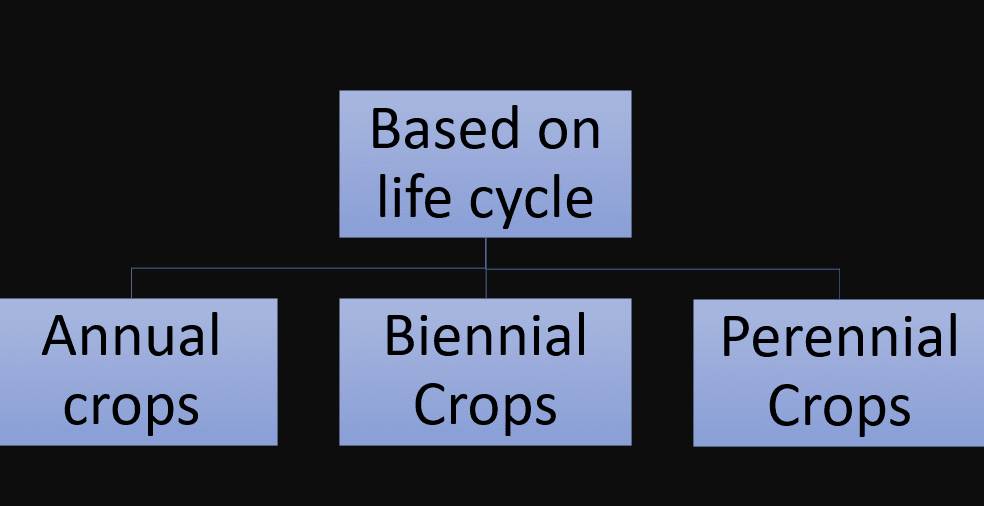
1. Annual Crops
These crops complete their lifecycle within one growing season or year. Examples include wheat, rice, and mustard.
2. Biennial Crops
Biennial crops take two years to complete their lifecycle. They produce vegetative parts in the first year and flowers and seeds in the second year. Examples include beetroot and carrots.
3. Perennial Crops
These crops live for more than two years and yield produce for several seasons. Examples include sugarcane, and maximum fruits like banana, and mango.
📊 Agricultural Data: Over 60% of India’s agricultural land is dedicated to cereal crops (ICAR, 2023 Report).
Classification of crops Based on Seasons
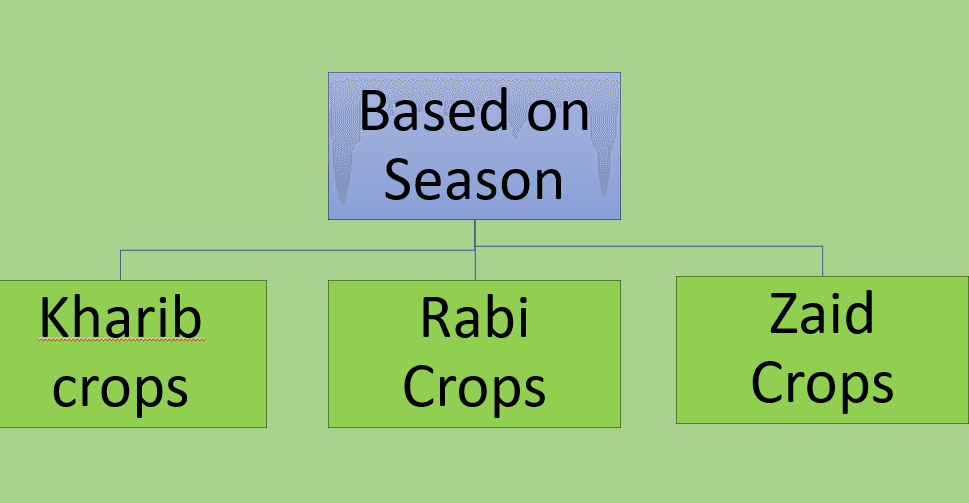
1. Kharif Crops
These crops are sown at the beginning of the monsoon season(June) and harvested at its end (June to October in India). Examples include rice, maize, and cotton.
2. Rabi Crops
Rabi crops are grown during the winter (Oct. to Nov.) and harvested in the spring (March in India). Examples include wheat, barley, and mustard.
3. Zaid Crops
Zaid crops are grown between the Rabi and Kharif seasons (March to June). Examples include cucumber, watermelon, and muskmelon.
Classification of crops Based on Climate
classification of crops based on climate are two types
Feature | Tropical Climate Crops | Temperate Climate Crops |
Climate | Hot and humid with high temperatures | Cooler with moderate to low temperatures |
Rainfall | High rainfall is common | Moderate to low rainfall |
Examples | Sugarcane, Coffee, Banana, Rice | Wheat, Barley, Apple, Potato |
Growing Season | Year-round growing seasons possible | Specific growing seasons |
Sunlight | Require intense and prolonged sunlight | Thrive in shorter sunlight durations |
Soil Requirements | Rich, well-drained soils with high fertility | Loamy or clay soils with moderate fertility |
Economic Importance | Key crops for tropical economies | Important for staple food production |
Classification of crops Based on Botanical Characteristics
Classification of crops is two types
a) Monocots
These crops have one seed leaf (cotyledon) and parallel venation in their leaves. Examples include rice, wheat, and maize.
b) Dicots
Dicots have two seed leaves and reticulate venation in their leaves. Examples include soybean, cotton, and sunflower.
Economic Importance and Global Demand-Based Classification
A. Export-Oriented Crops
- Tea: India is the second-largest tea producer in the world, with Assam and Darjeeling tea being globally recognized.
- Coffee: South Indian states like Karnataka, Kerala, and Tamil Nadu are known for high-quality coffee, which is exported primarily to Europe and the USA.
- Spices: India is the world’s largest spice producer, including black pepper, cardamom, and turmeric, which have increasing global demand.
B. Import Substitution Crops
- Oilseeds: Soybean, sunflower, and groundnut play a crucial role in reducing India’s dependence on imported edible oil.
- Pulses: Chickpeas, lentils, and mung beans are rich protein sources and are essential for India’s food security.
📊 Data Insight: India produced nearly 10 million metric tons of pulses in 2023, contributing to 25% of global production.
Classification of Crops Based on Water Requirement
Water availability is a critical factor in crop cultivation. Based on this, classification of crops is categorized as follows:
a) Hydrophytes
These crops grow in water or water-logged conditions. Examples include paddy and water chestnut.
b) Mesophytes
Mesophytes require moderate water conditions. Examples include wheat, maize, and cotton.
c) Xerophytes
These crops are drought-tolerant and can thrive in arid conditions. Examples include millet and cactus.
Classification of Crops Based on Photosynthesis Pathway
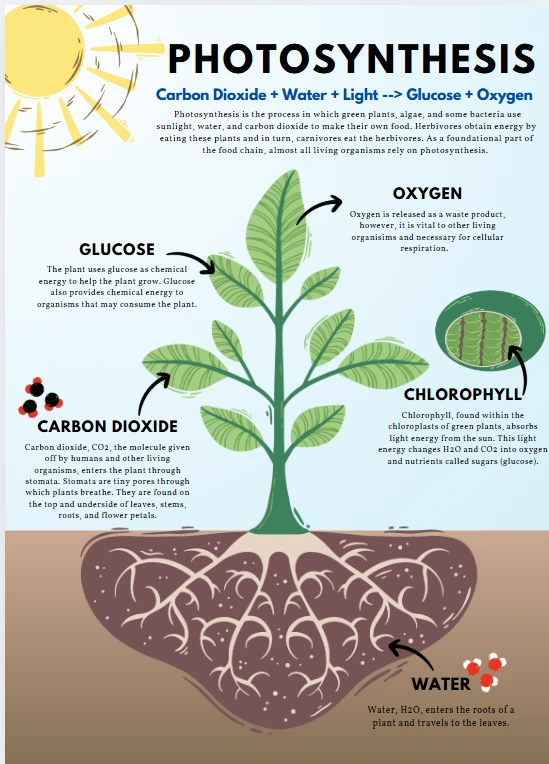
a) C3 Crops
These crops use the C3 pathway of photosynthesis. produce PGA. They are suited to cool climates(temperate). Examples include wheat and rice. also called Calvin cycle crops.
b) C4 Crops
C4 crops are more efficient in photosynthesis under high temperatures and light conditions. Examples include maize and sugarcane.
c) CAM Crops
CAM (Crassulacean Acid Metabolism) crops are adapted to arid conditions and conserve water. Examples include pineapple and agave.
Classification of crops based on specific classification
Crops are classified( classification of crops) into two types based on specific types.
1. Arable crops-
Crops that require preparatory tillage example- tobacco, rice , sugarcane, maize
2. Alley Crops-
Such arable crops that are grown in alleys/passages formed by trees or shrubs are established mainly to hasten soil fertility restoration, enhance soil productivity and reduce soil erosion. Slight shade tolerance and non-trailing habit are the prerequisites of Alley crops e.g. Arable crops like sweet potato, urd, turmeric & ginger are grown in the passages formed by the rows of Eucalyptus, subabool and cassia.
3. Augmenting Crops-
Such crops are sown to supplement the yield of the main crops eg. Japanese mustard with Berseem, Chinese cabbage with mustard. Here Japanese mustard and Chinese cabbage help in getting higher yields in the first cutting.
4. Avenue Crops-
Such crops are grown along farm roads and fences e.g Arhar, sisal, glyricidia.
5. Border Crops-
Such crops help to protect other crops from the trespassing of animals or restrict the speed of the wind and are mainly grown as a border e.g. safflower is planted around the field of chickpea.
6. Brake crops-
- To break the continuity of the agroecological situation of the field under multiple cropping systems.
- To reduce the inoculum of soil-born harmful biotic agents such weeds, and pests and improve soil condition for crop growth e.g. Legumes in rich-wheat system
Classification of crops based on specific classification(C-D)
1. Cash Crops-
Such crops are grown for sale to earn hard cash e.g. jute, cotton, tobacco, sugarcane

2. Catch/ contingent Crops-
These are grown as substitutes for the main crops that has failed on account of unfavourable conditions. they are very short duration quick growing early harvestable or usable at any time e.g. Moog, urd, cowpea, onion.
3. Cleaning Crops-
Whose agronomical practices make the field clean e.g. potato maize
4. Cole crops-
Colewart is the ancestor of wild cabbage. Therefore, cole crops are essentially cold-weather crops belonging to the Cruciferae capable of withstanding considerable frost ex- cabbage, cauliflower and Brussels sprouts.
5. Contour Crops-
Grown on or along the contour lines to protect the land from erosion marvel grass etc.
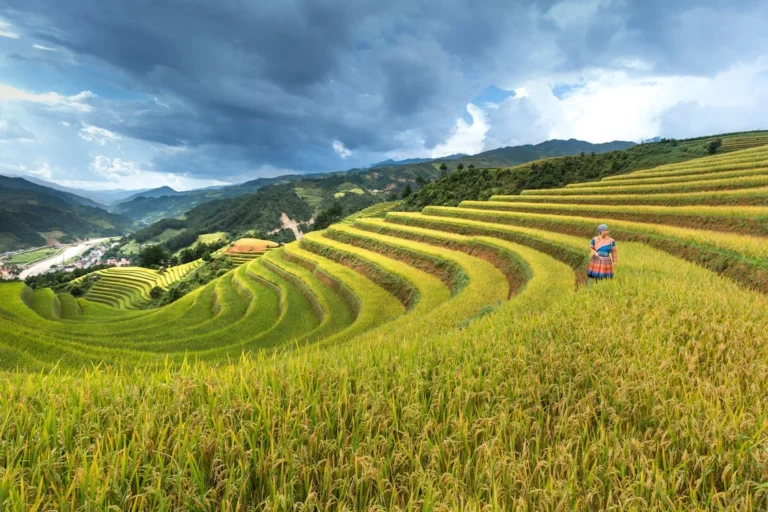
6. Commercial crops-
Such crops are grown to earn money e.g. Jute, Cotton tobacco, Sugarcane etc.
7. Cover crops-
These crops are grown mainly to cover the soil and to reduce soil moisture and erosion by wind and water Examples are lobia, groundnut, urd, sweet potato etc.
8. Complementary crops-
Each other crop is benefited in intercropping eg Jowar+Lobia. Jowar receives nitrogen from lobia and lobia requires support from jowar.
9. Competitive crops-
Such crops compete with each other and are unsuitable for intercropping e.g. two cereals.
Classification of crops based on specific other classification
* Fouling crops-
Whose cultural practices allow the infestation of weeds intensively e.g. direct seeded upland rice.
* Ley crops:
Any crop or combination of crops is grown for grazing or harvesting for immediate or future feeding to livestock e.g. Berseem+mustard. Such cropping is called ley cropping.
* Mulch crops:
To conserve soil moisture. such crops are grown e.g. cowpea.
* Nurse crops:
Such crops help nourish other crops by providing shade and acting as climbing sticks e.g. rai in peas, jowar in cowpea.
* Paira Utera Crops:
Growing such crops shown a few days or weeks before harvesting of standing mature crops is called paira/utera cropping and the sova crop is called paira/utera crop e.g. Lathyrus in rice, paira cropping in succession may constitute relay cropping.
* Paired row cropping:
Each third row is removed or the growing of crops in paired rows is called paired row cropping. It is suitable for dryland and the objective is to conserve soil moisture.
* Restorative crops:
Such crops provide a good harvest along with enrichment or restoration or amelioration of soil e.g. Legumes.
* Riparian crops:
Grown along irrigation and drainage channels or waterbodies eg waterbind weed (kalmi sak), para grass. They help to protect the soil from erosion.
* Skip Cropping:
A line left unsown in the regular row series of sowing is called skip cropping.
* Silage crops:
Such crops are grown to preserve in pits in a succulent condition by a process of natural fermentation or acidification for feeding livestock during lean months or off-season e.g. cowpea, jowar etc.
* Smother crops:
Able to smother (suppress) the population and growth of weeds by providing dense foliage and quick growing ability e.g. cowpea, mustard.
* Soiling crops:
Grown to harvest while they are still green and fed fresh to livestock in stalls e.g. berseem, Napier etc.
* Trap/Decoy Crops:
Grown to trap insect pests and soil-borne harmful biotic agents such as parasitic weeds e.g. cotton red bug is trapped by growing Bhindi around the cotton and orobanche (weed) is trapped by solanaceous plants and striga by sorghum.
* Truck crops:
Grown to market fresh e.g. Bhindi, spinach.
* Ware Crops:
Such crops are grown for temporary storage as intact in the warehouse for future use or sale e.g. potato.
Classification of crops based on Taxonomic
Taxonomic classification of crops is a way of dividing crops into different classes according to their characters. Dr. Carols Linnaeus is called the father of taxonomics. He named plants and animals according to their characters.

1. Poaceae (Graminae) or Grass family: Cereals, Sugarcane, Napier, Paragrass.
2. Papilionaceae (Leguminosae) or Pea family: Pulses, Legumes, Groundnut. Sunn hemp.
3. Cruciferae/Mustard Family: Mustard, Radish, Cabbage, Cauliflower, Knolkhol.
4. Cucurbitaceae/Gourd family: All gourds (e.g. bottle gourd, bitter gourd), Cucumber, Pumpkin.
5. Malvaceae/Cotton Family: Cotton, Bhindi, Roselle.
6. Solanaceae/Brinjal family: Brinjal, Potato, Tornato, tobacco, Chillies.
7. Tiliaceae: Jute, Phalsa.
8. Asteraceae (Compositeae): Sunflower, Safflower, Niger.
9. Chenopodiaceae: Spinach, Beet, Sugarbeet.
10. Pedaliaceae: Sesame (Sesamum)
11. Euphorbiaceae: Castor, tapioca.
12. Convolvulaceae: Sweet potato.
13. Umbelliferae: Coriander, Cumin, Carrot.
14. Aliaceae: Onion, Garlic.
15. Zingiberaceae: Ginger, turmeric.
16. Papilionaceae (Leguminosae) or Pea family: Pulses, Legumes,
Challenges in Crop Classification and Their Solutions
A. Climate Change and Unpredictable Weather
Challenge: Changing climate patterns lead to irregular rainfall, droughts, and extreme weather events affecting crops.
Solution: Adopt climate-resilient crop varieties and sustainable farming practices.
B. Small-Scale Farmers’ Limited Access to Technology
Challenge: High costs and lack of technical knowledge prevent farmers from using advanced technologies.
Solution: Government initiatives, affordable AI-powered farming tools, and mobile-based advisory services.
💡 Innovation: Agritech companies now offer low-cost AI models that provide personalized recommendations to small farmers.
Students also ask
What is classification of crops?
Crop classification is the process of grouping crops based on similar characteristics, such as their life cycle, use, climate and growth requirements. This helps in better understanding and managing agricultural practices.
Why is crop classification important?
Crop classification helps farmers, researchers scientists, and policymakers plan cultivation, improve production and productivity, and promote sustainable agriculture.
What are the main types of crop classification?
Life cycle (annual, biennial, perennial)
Agronomic use (cereals, pulses, oilseeds)
Climate adaptation (tropical, subtropical, temperate)
Season (Kharif, Rabi, Zaid)
What are Kharif, Rabi, and Zaid crops?
Kharif crops: Sown with the arrival of monsoon (e.g., rice, maize).
Rabi crops: Sown in winter and harvested in spring (e.g., wheat, mustard).
Zaid crops: Grown between Kharif and Rabi seasons (e.g., watermelon, cucumber).
crops classified based on photosynthesis pathways?
C3 crops: Perform photosynthesis through the Calvin cycle (e.g., rice, wheat).
C4 crops: Adapted to high temperatures (e.g., maize, sugarcane).
CAM crops: Thrive in arid conditions (e.g., pineapple, cactus).
What is the difference between food crops and horticultural crops?
Food crops: Grown primarily for consumption ( rice, wheat).
Horticultural crops: Include fruits, vegetables, and flowers ( mango, tomato).
What are monocotyledons and dicotyledons?
Monocotyledons: Crops with one seed leaf and belong to the cereals family ( corn, rice).
Dicotyledons: Crops with two seed leaves and belong to the pulses family (pea, soybean).
Conclusion-
Classifying crops makes it easier to understand their requirements, benefits, and uses. This knowledge is essential for farmers to plan their cultivation effectively and for scientists to develop better farming practices. By organizing crops into different categories based on their life cycle, uses, climate adaptation, and other factors, we can ensure more efficient and sustainable agricultural practices. This classification not only helps in improving productivity but also contributes to better food security and resource management, ultimately supporting a healthier planet and population.
Author Introduction:
khumesh, an Agricultural Expert, has 10 years of experience in crop science. He is a graduate in Agricultural Science from MGVGV and has attended many National Agricultural Seminars.
Reference–
Government & Research Institutions
- ICAR. (2023). Handbook on Crop Classification & Agronomy. icar.org.in
- FAO. (2022). World Crop Classification Guidelines. fao.org
Scientific Journals & Books
- Ray, P. & Yadav, S. (2020). Principles of Agronomy & Crop Classification. Agrotech Publishing.
- Smith, R. (2019). Sustainable Farming & Crop Diversity Management. Springer.
University & Agricultural Research
- MANAGE. (2022). Crop Diversification & Impact. manage.gov.in
- PAU. (2023). Modern Approaches to Crop Classification. pau.edu
Government Reports & Policies
- Ministry of Agriculture, India. (2023). National Agriculture Policy on Crop Production. agricoop.nic.in
- NABARD. (2022). Indian Agricultural Development & Crop Planning. nabard.org
News & Market Trends
- Economic Times. (2024). Emerging Trends in Indian Crop Classification. economictimes.indiatimes.com
- DownToEarth. (2023). Climate Change & Crop Classification. downtoearth.org.in
Latest posts-
What is bsc agriculture
BSc Agriculture means bachelor of science and birthplace of India...
Read More“Wheat Cultivation: Best Practices for High Yield & Profit (2025 Guide)”
Wheat cultivation is the backbone of global agriculture, feeding billions...
Read More
